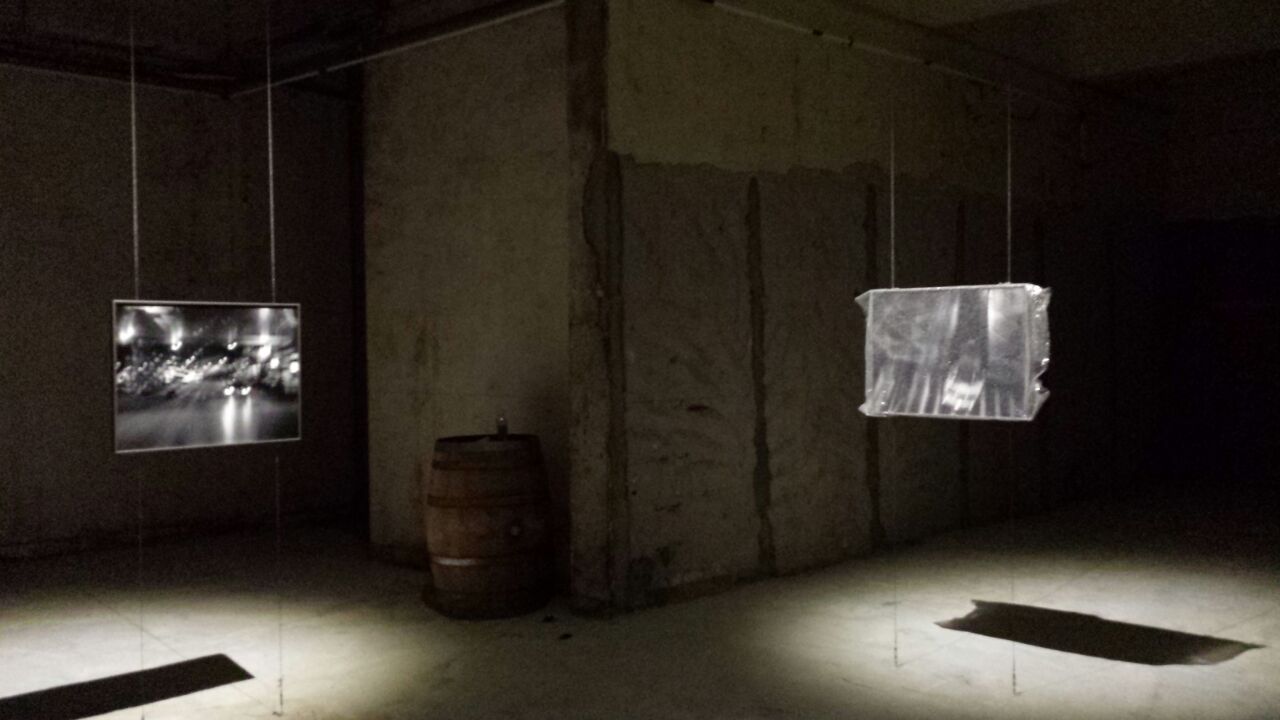Knowledge
Find Out The Difference Between The Dimming Methods
What are the different methods used for dimming?
Several methods are available to dim lighting. These dimming methods are categorised into three groups:
- Dimming of electrical potential (decrease in power): phase control
- Dimming of control signal (analogue): 0-10V, 1-10V
- Dimming of control signal (digital): DALI
Phase control
Phase control is a dimming technique based on the electric wire that is often used for halogen and incandescent lamps. It “clips” part of the sine wave of the alternating current to dim the light. The following examples will make this clear.
Leading edge phase control
When a phase is cut (i.e. limited), the voltage will only flow at a certain amount of time after the zero crossing (i.e. the sine wave crossing the horizontal axis). Only the latter part of the wave is transmitted. This waiting time can be determined using a simple resistor-capacitor or digital switches. This dimming technique is suitable for both inductive and resistive loads (traditional magnetic ballast).

Trailing edge phase control
With phase control, the voltage is cut off before the end of the sine wave so that only the first part is transmitted. This dimming technique is used for capacitive loads (EVSA).

Phase control
Sometimes, both leading and trailing edge phase control is possible. This wave combines the aforementioned:

1-10 V
With a 1-10 V dimming technique, a signal is transmitted between 1 V and 10 V. 10 V is the maximum amount (100%) and 1 V is the minimum amount (10%).
0-10 V
Transmits a signal between 0 and 10 V. The output of the lamp is scaled such that a voltage of 10 V provides 100% light output. And, 0 V provides the least light output.
DALI
DALI stands for Digital Addressable Lighting Interface. It is an international standard that defines how a lighting installation should communicate with control and steering systems.
Important to know is that DALI is independent of manufacturers. This means that it is possible to use different brands of components in the same system.
Each system consists of a controller and a maximum of 64 lighting components, such as a ballast. Each of these components is given a unique address. The controller can control these components because the DALI system can transmit and receive data.
DALI is dimmable from 0-100%.
Built-in dimmers
There are two types of built-in dimmers: rotary or push button.
A rotary knob dimmer can be pressed to turn lights on or off. You turn the knob to select the light intensity.
A push button works according to the same on-off principle. However, to change the light intensity, you must hold in the button. Some push button dimmers alternate in their operation (brightness increases during the first long press, dimming occurs during the second long press). Other push button dimmers reach a specific percentage (brightness increases to an specific intensity when N percent is reached and then dims again).
Let’s see how we dim 6pcs led downlights as a group with one power supply-Triac dimmable.


